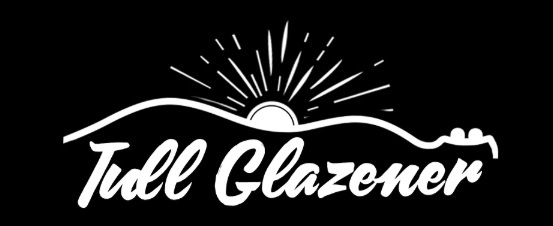Brightly Beams Our Father's Mercy - 3 parts
Brightly Beams Our Father's Mercy - 3 parts
In August of 1871, the American hymnist Philip Bliss was serving as the song leader for a revival meeting led by the famed evangelist Dwight L. Moody. As part of his sermon that night, Moody related the tragic story of a shipwreck. A dangerous storm had overtaken a passenger ship on Lake Erie late at night, and the only hope was to try and make it to the safety of the harbor at Cleveland. The pilot and captain could see the beacon from the lighthouse in the distance, but in order to line the ship up in the channel, they also needed to see the lights along the shoreline that outlined the mouth of the harbor. Unfortunately, the storm had extinguished all of those “lower lights”, and the pilot was forced to try and find the channel by blind reckoning. He was unsuccessful, and the ship was dashed upon the rocks, resulting in the drowning of nearly everyone on board. Moody used the story to illustrate the fact that while the Heavenly Father takes care of keeping the “Great Lighthouse” lit, it is our responsibility to see to it that the “lower lights” also are continuously burning. Bliss was so struck by the imagery of this message that he went home that evening and wrote the words and the melody for the hymn we know today as “Let The Lower Lights Be Burning”. It was sung for the first time at the same revival meeting the following evening.
